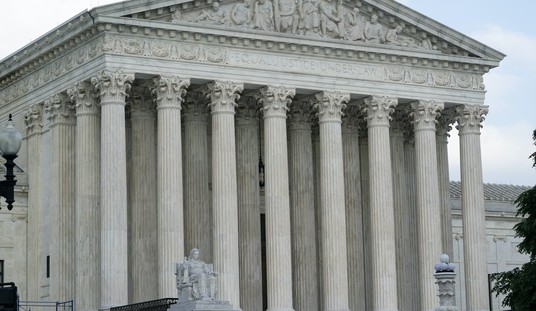Many newer video games depict graphic violence, such as torturing and defiling women and children. These games are sold to kids. The Supreme Court is considering whether the First Amendment forbids states from restricting the sale of these games to minors.
With modern technology, newer video games can look very realistic. Some of these games are graphic in the extreme, in which the player can maim, kill, dismember, torture, or—believe it or not—sexually assault someone.
In response to parents’ outrage over some of these shocking video games, California passed a law banning the sale of such videos to children ages 17 and younger. The game manufacturers filed suit, raising the serious issue of whether the First Amendment protects the sale of such video games against state attempts to censor them.
On November 2, the Supreme Court heard arguments in this case, Schwarzenegger v. Entertainment Merchants Association.
This case should present an interesting split. Conservative Justice Antonin Scalia seemed to side with the video makers. His basic question was, what part of the government shall make no law abridging the freedom of speech don’t you understand? It seemed that Justice Elena Kagan might be with Scalia on that point, as might Justice Sonia Sotomayor.
Recommended
Scalia’s argument was that the First Amendment includes no such limiting language to free speech, and that California was asking the Court to create a new type of unprotected speech. There are already three such unprotected subject-matters (obscenity, fighting words, and child pornography) and Scalia contends this would make a fourth.
In obvious disagreement, conservative Justice Sam Alito quipped to the amusement of the courtroom, “Well, I think what Justice Scalia wants to know is what James Madison thought about video games. Did he enjoy them?”
The video makers’ lawyer aggressively argued that blocking access to these videos was unconstitutional censorship. Violence is regularly portrayed in the movies, and this lawyer argued that America traditionally protects content that many disagree with.
Chief Justice John Roberts responded by making it clear exactly what kinds of games were covered by this state law by reading from the official description in court records. “We do not have a tradition in this country of telling children they should watch people actively hitting schoolgirls over the head with a shovel so they’ll beg for mercy, being merciless and decapitating them, shooting them in the leg so they fall down…. Pour gasoline on them, set them on fire and urinate on them.”
The chief summed it up by saying, “We protect children from that. We don’t actively expose them to that.”
Another factor, which was mentioned during arguments but didn’t receive nearly the attention it deserved, is how video games are different from books, music and movies. In those, the child is a passive recipient. In video games, the child is the actor, taking part in what’s happening, imagining himself being a part of it.
Should the Court find that these video games are nonetheless protected speech, this law would still be upheld if it satisfies “strict scrutiny,” a demanding legal standard under which the law must be shown to be narrowly tailored to achieve a compelling public interest.
Justice Stephen Breyer sided with Roberts and Alito, all of whom were asking if there’s nothing a state can do to limit a child’s access to such video games. They emphasized that it’s not a question of whether the games are to be banned; it’s just that the parent has to buy the video and give it to the child. For example, Roberts asked, could the law at least require that the games be put on the shelf behind the checkout counter, so that the sales clerk has to get it and can check the age of the purchaser?
The video makers’ lawyer argued that any restriction would be unconstitutional because it censors free speech. And some of the justices agreed, wondering how the government could define an unacceptable game. How much of role can government play in determining access to things that some people find disturbing, but others find entertaining? (This side of the argument was helped by the fact that California’s lawyer was not adequately prepared, being asked a number of foreseeable questions for which he lacked answers.)
It’s unclear from oral argument which way the votes will stack up in this case. A decision should come down early next year.


